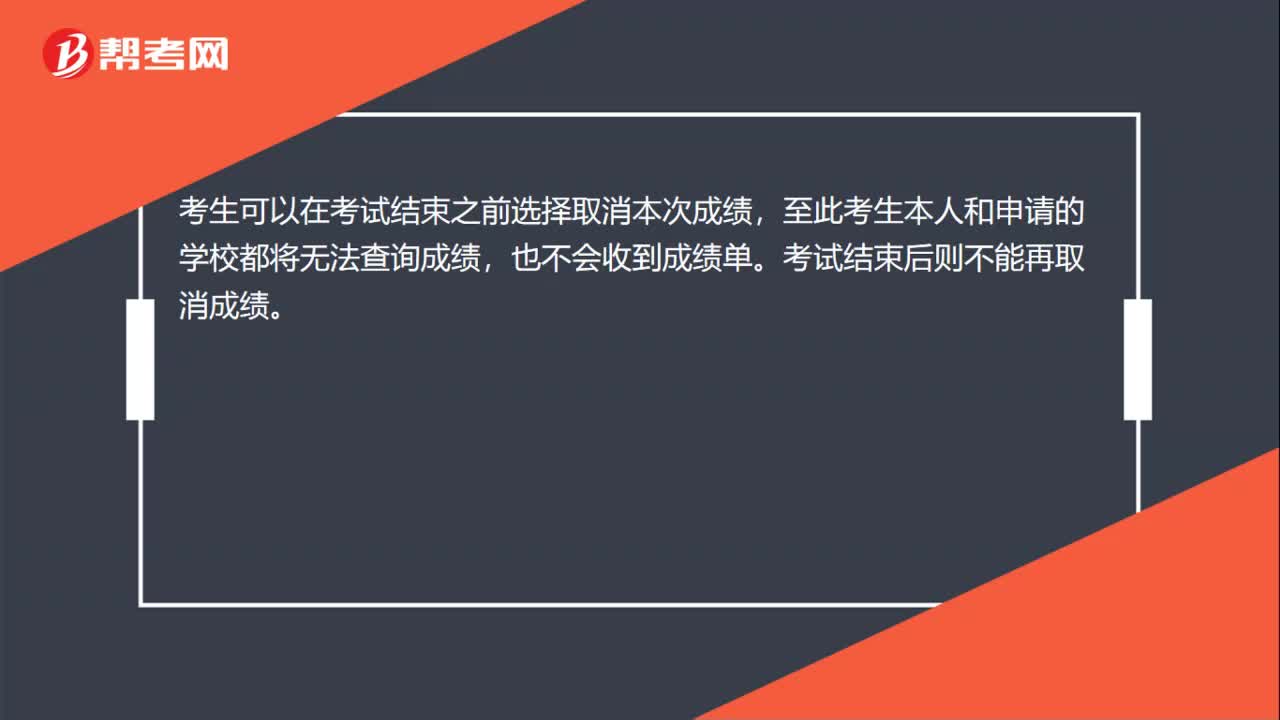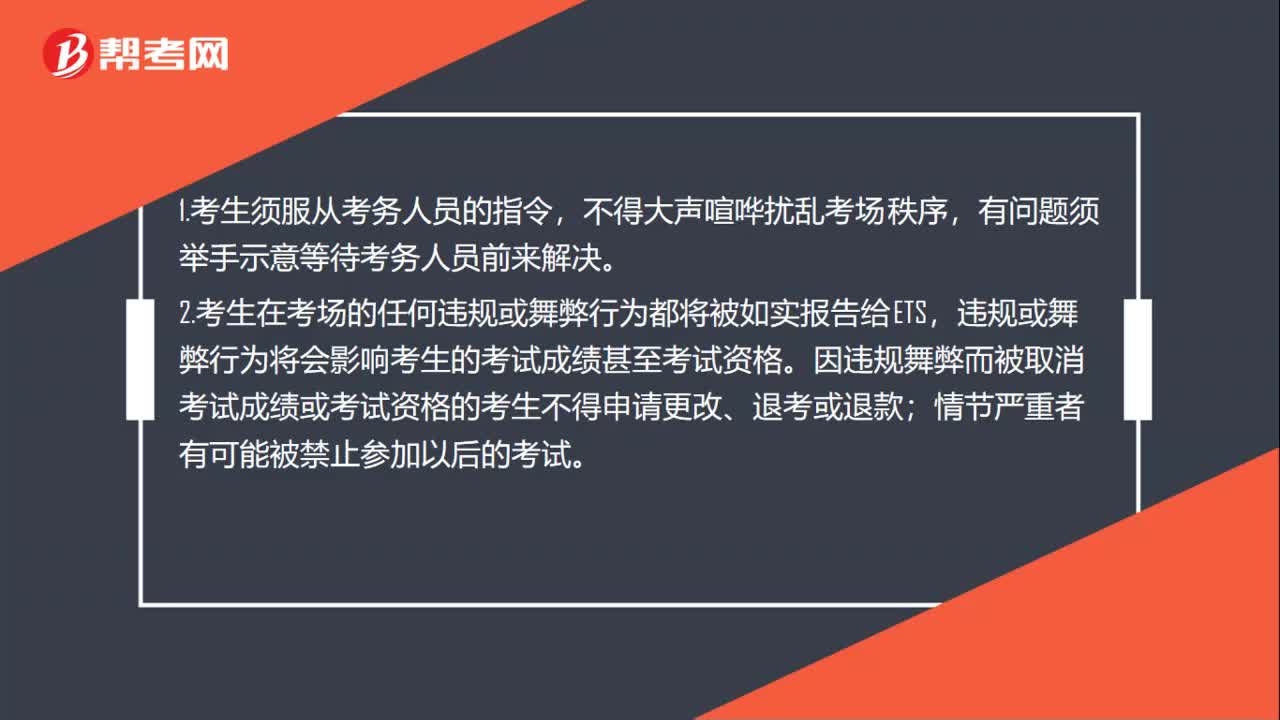
下载亿题库APP
联系电话:400-660-1360

下载亿题库APP
联系电话:400-660-1360

请谨慎保管和记忆你的密码,以免泄露和丢失

请谨慎保管和记忆你的密码,以免泄露和丢失

小伙伴们,今天的你有没有好好复习呢?下面,帮考网为大家准备了一些关于托福考试的习题,供大家练习,希望能够对大家有所帮助。一起来看!
Researchers in the field of psychology have found that one of the best ways to make an important decision, such as choosing a university to attend or a business to invest in, involves the utilization of a decision worksheet. Psychologists who study optimization compare the actual decisions made by people to theoretical ideal decisions to see how similar they are. Proponents of the worksheet procedure believe that it will yield optimal, that is, the best decisions. Although there are several variations on the exact format that worksheets can take, they are all similar in their essential aspects. Worksheets require defining the problem in a clear and concise way and then listing all possible solutions to the problem. Next, the pertinent considerations that will be affected by each decision are listed, and the relative importance of each consideration or consequence is determined. Each consideration is assigned a numerical value to reflect its relative importance. A decision is mathematically calculated by adding these values together. The alternative with the highest number of points emerges as the best decision.
Since most important problems are multifaceted, there are several alternatives to choose from, each with unique advantages and disadvantages. One of the benefits of a pencil and paper decision-making procedure is that it permits people to deal with more variables than their minds can generally comprehend and remember. On the average, people can keep about seven ideas in their minds at once. A worksheet can be especially useful when the decision involves a large number of variables with complex relationships. A realistic example for many college students is the question "What will I do after graduation?" A graduate might seek a position that offers specialized training, pursue an advanced degree, or travel abroad for a year.
A decision-making worksheet begins with a succinct statement of the problem that will also help to narrow it. It is important to be clear about the distinction between long-range and immediate goals because long-range goals often involve a different decision than short-range ones. Focusing on long-range goals, a graduating student might revise the question above to "What will I do after graduation that will lead to successful career?"
1. What does the passage mainly discuss?
(A) A tool to assist in making complex decisions.
(B) A comparison of actual decisions and ideal decisions
(C) Research on how people make decisions
(D) Differences between long-range and short-range decision making
2. The word "essential" in line 7 is closest in meaning to
(A) introductory
(B) changeable
(C) beneficial
(D) fundamental
3. The word "pertinent" in line 9 is closest in meaning to
(A) relevant
(B) preceding
(C) insightful
(D) responsive
4. Of the following steps, which occurs before the others in making a decision worksheet?
(A) Listing the consequences of each solution
(B) Calculating a numerical summary of each solution
(C) Deciding which consequences are most important
(D) Writing down all possible solutions
5. According to decision-worksheet theory, an optimal decision is defined as one that
(A) has the fewest variables to consider
(B) uses the most decision worksheets
(C) has the most points assigned to it
(D) is agreed to by the greatest number of people
6. The author develops the discussion in paragraph 1 by means of
(A) describing a process
(B) classifying types of worksheets
(C) providing historical background
(D) explaining a theory
7. The author states that "On the average, people can keep about seven ideas in their minds at once (lines 17-18) to explain that
(A) most decisions involve seven steps
(B) human mental capacity has limitations
(C) some people have difficulty making minor as well as major decisions
(D) people can learn to keep more than seven ideas in their minds with practice
8. The word "succinct简洁的"in line 24 is closest in meaning to
(A) creative
(B) satisfactory
(C) personal
(D) concise
9. Which of the following terms is defined in the passage ?
(A) Proponents (line 5)
(B) Optimal (line 5)
(C) Variables (line 17)
(D) Long-range goals (line 25)
10. The word "it" in line 24 refers to
(A) worksheet
(B) problem
(C) distinction
(D) decision
11. The word "revise" in line 26 is closest in meaning to
(A) ask
(B) explain
(C) change
(D) predict
答案:
ADADC ABDBB C
以上就是本次帮考网和大家分享的全部内容了,好的成绩是坚持不懈的努力得来的,关注帮考网,还有更多有关托福考试的练习等着你哦!最后,帮考网祝各位考生考试顺利通过,取得好成绩!
 22
22托福考试中能否取消考试成绩?:托福考试中能否取消考试成绩?考生可以在考试结束之前选择取消本次成绩,至此考生本人和申请的学校都将无法查询成绩,也不会收到成绩单。考试结束后则不能再取消成绩。
 32
32托福考试如何计分?:托福考试如何计分?托福考试的四个环节,分数由电脑自动生成和人工评分(经过专业培训的权威人士)两部分组成,确保分数的公平及准确性。只有托福考试采用这种多人评分机制,通过不记名方式,由多名接受过严格培训的考官予以评分,过程经过质量监控,达到高标准的公平性与客观性。
 43
43托福考试的考场规则是什么?:托福考试的考场规则是什么?1.考生须服从考务人员的指令,不得大声喧哗扰乱考场秩序,有问题须举手示意等待考务人员前来解决。2.考生在考场的任何违规或舞弊行为都将被如实报告给ETS,违规或舞弊行为将会影响考生的考试成绩甚至考试资格。因违规舞弊而被取消考试成绩或考试资格的考生不得申请更改、退考或退款;情节严重者有可能被禁止参加以后的考试。